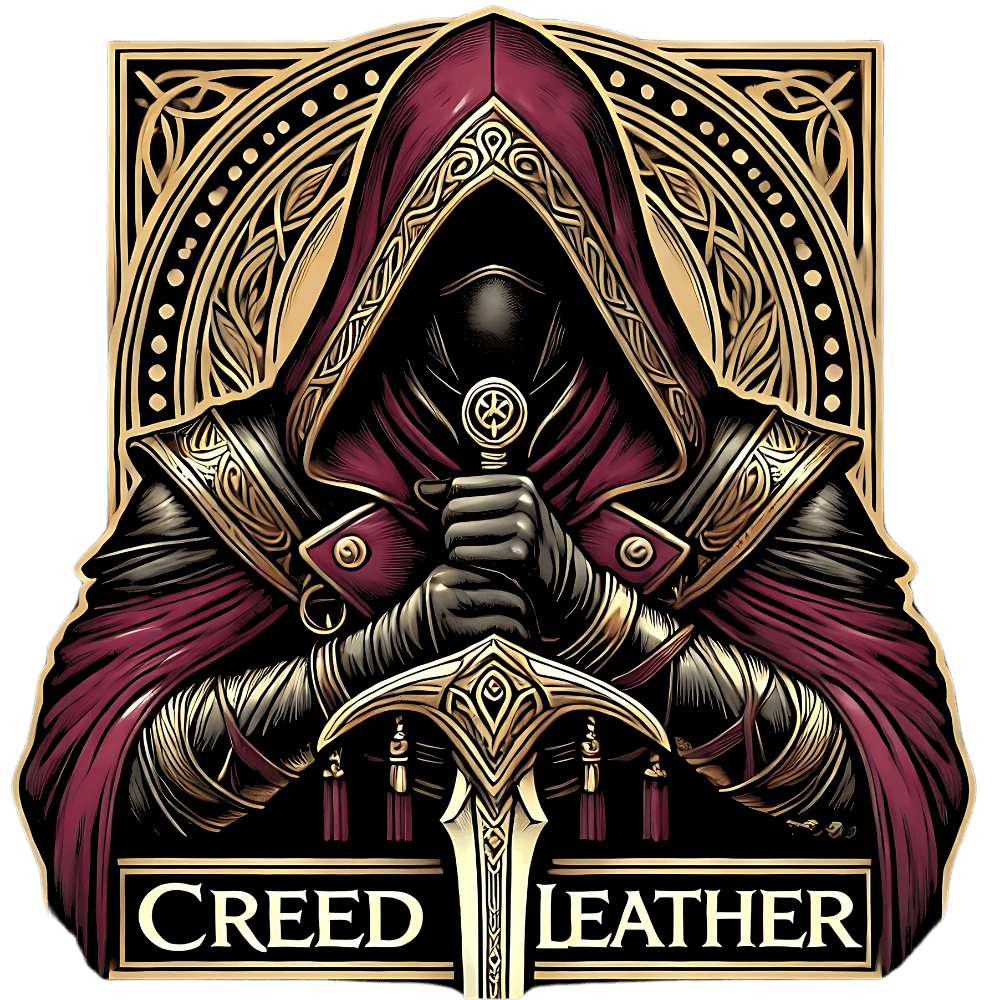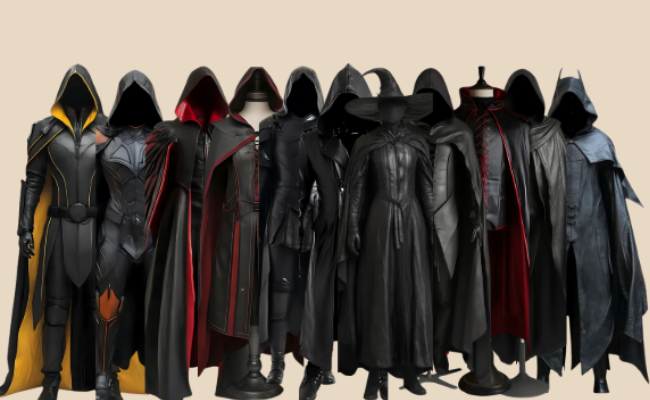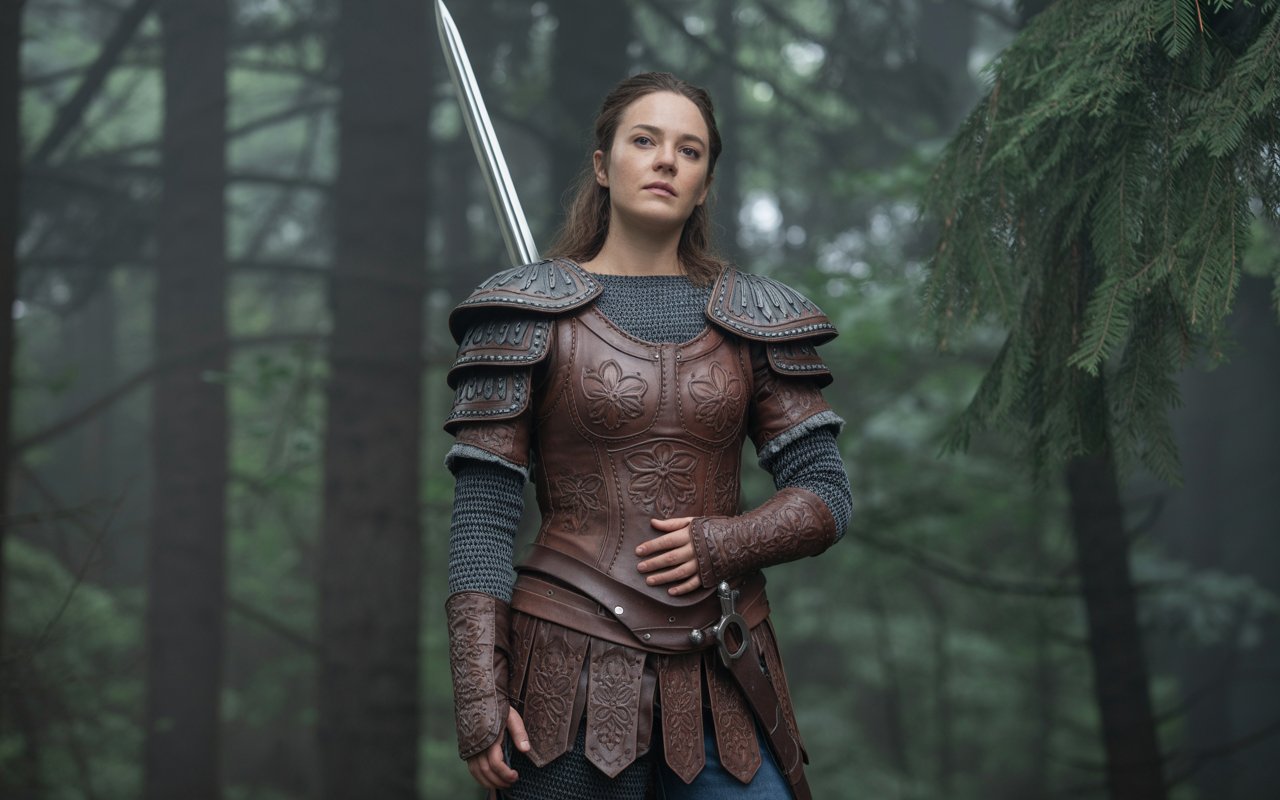Complete Guide to Anime Costumes: Origins, Styles & Cultural Impact

Anime is a cultural phenomenon that has spread far beyond its Japanese roots to captivate millions worldwide. The colorful worlds, complex characters, and unique storytelling of anime inspire fans to engage deeply with the medium. One of the most visible and vibrant expressions of this fandom is through anime costumes. These costumes allow fans to embody their favorite characters, celebrate the art form, and participate in a global community.
This comprehensive guide will take you on a journey through the origins, styles, and cultural impact of costumes for anime. Whether you are interested in the history behind these costumes, the various popular styles including anime Halloween costumes, anime couple costumes, or niche trends like anime swimming costume, this article will give you a detailed understanding of this fascinating culture.
The Origins of Anime Costumes: From Fandom to Global Culture
The tradition of dressing up as fictional characters began long before anime rose to international fame, but the unique characteristics of anime fandom helped transform this practice into what we now recognize as cosplay.
Early Roots: Japanese Fandom and the Rise of Cosplay
Cosplay, derived from the words “costume” and “play,” is believed to have started in Japan during the late 1970s and early 1980s. While fans of American science fiction began costuming at conventions, it was Japanese manga and anime fans who popularized the practice on a massive scale within their culture.
In Japan, manga magazines and anime series introduced characters with distinctive, often elaborate costumes. Fans began replicating these looks at conventions, events, and fan gatherings. These early costumes were often handmade and crafted with dedication to capture the intricate details of the characters’ designs.
This burgeoning culture gave rise to a new form of artistic expression anime cosplay costumes where creativity, performance, and craftsmanship blended together.
The Role of Anime Conventions
Japanese anime conventions such as Comiket (Comic Market) played a pivotal role in the growth of costumes for anime. Comiket, first held in 1975, became a hotspot for fans to gather, showcase their homemade costumes, and trade fan-made works. This event was crucial for nurturing cosplay culture, spreading it from a niche activity into a mainstream hobby.

With the globalization of anime in the 1990s and 2000s, conventions outside Japan such as Anime Expo (USA), MCM Comic Con (UK), and others worldwide helped popularize anime cosplay costumes internationally. Today, cosplay is a celebrated part of these events, bringing fans together to celebrate their love for anime.
Styles and Types of Anime Costumes
Anime characters vary widely across genres, storylines, and visual styles, leading to an equally diverse array of anime costumes. From simple everyday clothing to intricate armor and fantastical outfits, the spectrum of costume styles is vast.
Classic Anime Character Costumes
Many fans are drawn to recreating iconic looks from their favorite series. These anime costumes might include school uniforms from slice-of-life anime, traditional kimono from historical series, or recognizable outfits from famous franchises.
School uniforms are a particularly popular style because of their iconic designs and relatability. Characters from series like Sailor Moon, My Hero Academia, or Naruto often feature distinct uniforms or costumes that fans can replicate.
Anime Halloween Costumes
 Halloween offers a unique opportunity for fans to combine the spooky season with their love for anime. Anime Halloween costumes often add a horror twist to popular characters or reinterpret characters in ghostly, supernatural, or macabre styles.
Halloween offers a unique opportunity for fans to combine the spooky season with their love for anime. Anime Halloween costumes often add a horror twist to popular characters or reinterpret characters in ghostly, supernatural, or macabre styles.
Fans enjoy blending themes of Halloween with anime, resulting in creative takes that range from zombie versions of characters to witch or vampire adaptations. This seasonal trend highlights the playful, imaginative side of cosplay culture.
Anime Couple Costumes and Group Cosplay
One of the most beloved aspects of cosplay culture is the social element. Many fans choose to anime couple costumes as pairs or groups, recreating the dynamics between characters in anime stories.
Couple costumes anime bring characters who share romantic or close friendships to life. For example, iconic pairs from series like Naruto and Hinata, or Inuyasha and Kagome, become popular cosplay choices for couples attending conventions together.
Group cosplay takes this further by assembling entire casts or thematic groups from a single series. This strengthens the bond between fans and creates a more immersive experience.
Fantasy and Sci-Fi Costumes

Anime often features characters with elaborate armor, futuristic suits, or magical robes. These anime cosplay costumes require advanced crafting techniques and often become the centerpiece of cosplay competitions.
Examples include armored knights from fantasy epics, mechasuit pilots from sci-fi series like Gundam, or characters wielding magical staffs. The technical skill involved in making these costumes makes them highly respected in the cosplay community.
Casual and Traditional Attire
Not all costumes for anime are extravagant. Some characters wear everyday clothes, making them more accessible for casual cosplayers. Streetwear, casual outfits, and traditional Japanese garments like yukata or kimono are common among these.
Traditional attire also connects cosplay to Japan’s cultural heritage, as seen in characters from historical or supernatural anime who wear authentic-looking period clothing.
The Growing Popularity of Anime Swimming Costume
Beach episodes and swimming scenes are a popular trope in anime, which has inspired a niche yet growing trend in cosplay anime swimming costume. These range from simple swimsuits to detailed interpretations that incorporate character motifs, logos, or colors.
This trend allows cosplayers to display a different, often lighter and more playful side of their favorite characters. It also highlights the diversity of cosplay beyond armor and uniforms.
The Craftsmanship Behind Anime Costumes
Creating an authentic anime cosplay costume requires a mix of skills and creativity. Many cosplayers spend weeks or even months crafting their outfits, investing in materials, sewing, prop-making, and makeup.
Fabric and Material Choices
The choice of fabric depends on the character’s look. Lightweight cotton or polyester is used for school uniforms, while heavier materials like leather or foam are common for armor pieces.
Thermoplastics such as Worbla and EVA foam are popular for creating props and armor due to their flexibility and durability. 3D printing is increasingly used for intricate parts that require precision.
Sewing and Construction Techniques
Many cosplayers learn sewing to make their costumes from scratch, tailoring fabric to fit perfectly and replicate the character’s style. Others combine sewing with crafting techniques to create multi-material costumes.
Accuracy is key: many cosplayers pay close attention to the character’s silhouette, color scheme, and details such as buttons, insignia, and accessories.
Makeup, Wigs, and Hairstyling
Matching the character’s appearance extends to facial makeup and hair. Anime characters often have distinctive hairstyles and vibrant colors that require high-quality wigs and creative styling.
Makeup is used to achieve character-specific looks—whether it’s exaggerated eyes, scars, or other features. Some cosplayers also use contact lenses to mimic eye colors or special effects.
Performance and Roleplay

A crucial part of wearing anime costumes is embodying the character’s personality. Cosplayers often study the mannerisms, poses, and speech patterns of their characters to enhance the experience.
Many conventions hold cosplay contests that judge not only costume accuracy but also performance and creativity, rewarding those who bring the character to life.
The Cultural Impact of Anime Costumes
The phenomenon of anime cosplay costumes extends beyond individual fandom to influence culture worldwide.
Anime Conventions as Cultural Hubs
Conventions serve as gathering points for anime fans, where costumes for anime become a form of social currency and artistic expression. These events facilitate cross-cultural exchange and provide a platform for emerging artists and cosplayers.
At these conventions, fans from different countries and backgrounds bond over shared interests, breaking down cultural barriers through the universal language of cosplay.
Influence on Fashion and Popular Culture
The aesthetics of anime costumes have influenced mainstream fashion trends, music videos, and even film industries. Street fashion inspired by anime characters is visible in places like Harajuku, Tokyo, and increasingly in global urban centers.
Some designers and entertainers incorporate anime-inspired elements in their work, reflecting the medium’s growing impact on popular culture.
Community and Identity
For many fans, cosplaying is more than just a hobby; it’s an essential part of their identity. Anime couple costumes and group cosplays foster a sense of belonging and teamwork.
Online communities and social media platforms allow cosplayers to share their work, collaborate, and support one another, strengthening the global cosplay network.
Common Questions About Anime Costumes
What Makes a Good Anime Cosplay Costume?
A good cosplay strikes a balance between accuracy, craftsmanship, and personal creativity. Authenticity to the character’s design and personality is key, but so is the cosplayer’s unique interpretation.
How to Choose the Right Anime Halloween Costume?
Choosing a Halloween-themed anime costume depends on your favorite characters and the level of spookiness you want. You can opt for horror-themed adaptations or classic characters with eerie twists.
Tips for Successful Anime Couple Costumes
Coordinate your outfits and plan poses together. Choose characters whose relationship resonates with you both for a natural and impactful presentation.
What Should I Know About Anime Swimming Costume Cosplay?
These costumes require attention to detail on color and design while balancing comfort, as swimsuits are often less elaborate. Consider character-specific elements to make your costume stand out.
Conclusion
Anime costumes are a dynamic and ever-evolving form of cultural expression. From their origins in Japanese fandom to their widespread adoption across the world, these costumes serve as a bridge between art, identity, and community.
Whether it’s the imaginative creativity of anime cosplay costumes, the festive spirit of anime Halloween costumes, the collaborative joy of anime couple costumes, or the refreshing niche of anime swimming costume, these outfits allow fans to celebrate their love for anime in unique and personal ways.
The cultural impact of these costumes continues to grow, shaping fashion, social interaction, and artistic expression on a global scale. As anime fandom expands, so too does the vibrant world of costumes for anime, inviting new generations to create, perform, and connect.
If you’re inspired to explore the world of anime costumes further or want advice on crafting your own, there are countless resources and communities waiting to welcome you. Anime cosplay is not just about what you wear—it’s about who you become.



